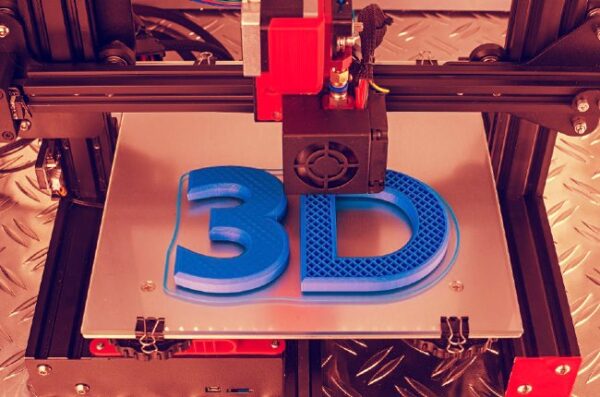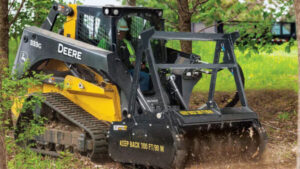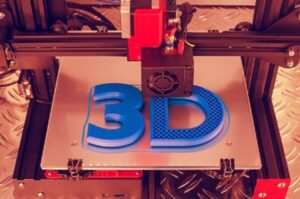Advantages of 3D Printing
6 min read
3D Printing
3D printing provides businesses with a faster way of turning CAD designs into physical products without long lead times or risk of mistakes and wasted materials.
Layer-by-layer manufacturing technology enables complex geometries and lattices, from aerospace industry components to customized prosthetics in medical care, to be created. With the use of advanced materials, like resin for 3D printers from Elegoo, there are no real design limits.
Faster Prototyping
One of the greatest advantages of 3D printing is its speed; designers and inventors can quickly test ideas using prototypes produced quickly through this method, as well as reduce time it takes products to market – both of which are key considerations in today’s fast-paced society where consumers expect instant innovation and satisfaction.
Utilizing a high-performance 3D printer can greatly accelerate prototyping. These industrial machines can print 20x faster than desktop machines and work with a wider variety of materials than standard models; meaning complex designs can be printed within hours instead of weeks.
Rapid prototyping can also help identify design errors early and fix them before they become costly production issues. Furthermore, rapid prototyping makes replacement parts available quickly when necessary – an invaluable advantage in any manufacturing environment where downtime can be costly.
A quality 3D printer can work with many types of raw materials, from plastics and metals to ceramics and even living cells. The extrusion process used by these printers enables objects to be built layer by layer until their desired object has been created – this creates a wide array of shapes and textures while being highly customizable; users are able to create precisely what they want for their final product.
As technology develops, it is anticipated that we will move toward using more environmentally friendly raw materials. This is because using sustainable raw materials may help protect the environment by decreasing material use for manufacturing items; additionally, production overseas would decrease, thus decreasing carbon emissions during manufacturing processes.
This technology could prove particularly vital to developing countries that rely on low skill manufacturing jobs to keep their economies afloat, and may eventually reduce manual labour requirements as more tasks will be automated by robots.
Reduced Waste
3d printing offers many advantages over other manufacturing processes, one being its lower waste output. As it only prints layers of material where needed compared to processes such as injection moulding which use large volumes of material at once, smaller batch productions can be made more cost effectively without compromising on quality.
3D printers make products using plastics and metals that may be more environmentally-friendly than other manufacturing techniques, with 3D material produced using various plastics and metals combining into printed materials that may fit inside their chambers, thus increasing environmental friendliness while decreasing costs and production times – an additional drawback that may prove troublesome in third world nations relying heavily on low skill labour for production. It should be noted however, that 3D printers only print parts which fit inside their chambers; larger products must therefore be printed separately prior to being assembled manually after completion – adding costs and production times further while potentially increasing costs associated with production in third world countries which rely heavily on low skilled labor as this may delay their assembly, thus potentially increasing costs and production times as well as costs and production times, thus becoming an additional problem when combined with labor shortages caused by other manufacturing methods used.
3D printing’s layer-by-layer nature enables it to produce complex structures which would be impossible or prohibitively expensive to manufacture using traditional manufacturing techniques, bringing with it an entire new world of design possibilities and sparking an explosion of innovation across various industries. From intricate lattice structures to complex organic shapes, 3D printing enables the fabrication of components with internal cavities or voids which are ideal for applications such as medical devices or aerospace parts.
3D printing also reduces labor requirements by requiring less maintenance and eliminating extra tooling requirements associated with other manufacturing techniques. Furthermore, digital files produced through 3D printing can be stored and sent simultaneously to multiple 3D printers, increasing operational efficiency.
3D printing is the only manufacturing technology capable of operating effectively in microgravity, meaning it could potentially be used for food production on space missions. NASA and private-sector companies have already collaborated to develop food inks and 3D printers for this purpose – with hopes that this technology can produce nutritious yet tasty meals to ensure astronauts remain alert throughout the journey.
Lower Costs
3D printing allows companies to achieve complex designs and geometries that would otherwise be unattainable through traditional manufacturing methods, democratizing product design while opening up new horizons for innovation. Furthermore, eliminating costly molds reduces production costs significantly.
3D printers only utilize the amount of raw materials necessary for each layer, drastically reducing material waste. Traditional subtractive methods require chipping away large chunks of material as part of the process; with additive fabrication this is no longer an issue.
3D printers provide designers with a cost-cutting way of quickly producing multiple iterations of designs within short periods, which helps accelerate development cycles and reduce overall project costs. Furthermore, being digital means designers can make changes instantly to designs before quickly producing another iteration.
3D printing allows for even greater control over the final geometry, providing even greater assurance that parts are structurally sound and meet all design parameters – an especially helpful benefit when dealing with aerospace or automotive components that must balance strength with lightness.
3D printers also allow manufacturers to quickly assemble parts with one integrated piece, cutting labour costs as well as inventory and assembly expenses. Furthermore, 3D printed components often prove more durable than their manufactured counterparts, thus decreasing maintenance and repair expenses.
3D printers can produce products using an impressive variety of materials, including metals. While metals tend to carry a much higher price tag than their plastic counterparts, their superior properties include strength and resilience that enhance product performance.
3D printing allows for production closer to their point of sale, thus reducing transport costs and carbon emissions. This trend towards localization marks an important step toward more sustainable business practices – encouraging companies to prioritize eco-friendliness over profit-seeking when producing goods; an essential move in an age of financial constraint which could have long-lasting effects for global supply chains.
More Customization
3D printing’s immense success lies in its versatility as a manufacturing technology, offering companies the chance to easily produce objects out of different types of materials beyond plastics alone.
Since no product limits apply when producing three dimensional objects, manufacturers now have complete freedom in designing more innovative and creative products with less restrictions from traditional manufacturing techniques limiting how quickly products reach market. This results in faster time-to-market as well as greater innovation from designers.
3D printing offers another advantage in its on-demand capability, enabling companies to produce spare and replacement parts when needed without incurring inventory costs or taking up unnecessary storage space. Furthermore, it helps reduce transportation costs as goods can be printed closer to where they will be sold – this capability makes 3D printing especially valuable for manufacturing and supply chain businesses with large inventories to manage.
3D printing’s adaptability is unquestionably attractive, yet its increased flexibility may come at the cost of job losses due to automation replacing manual labour jobs – this may have an especially devastating impact in developing economies that rely heavily on low skill manufacturing jobs for economic survival.
3D printing’s ease-of-use makes it possible for people to reproduce designs without permission, which could result in intellectual property violations and legal issues that must be addressed as the industry expands.







